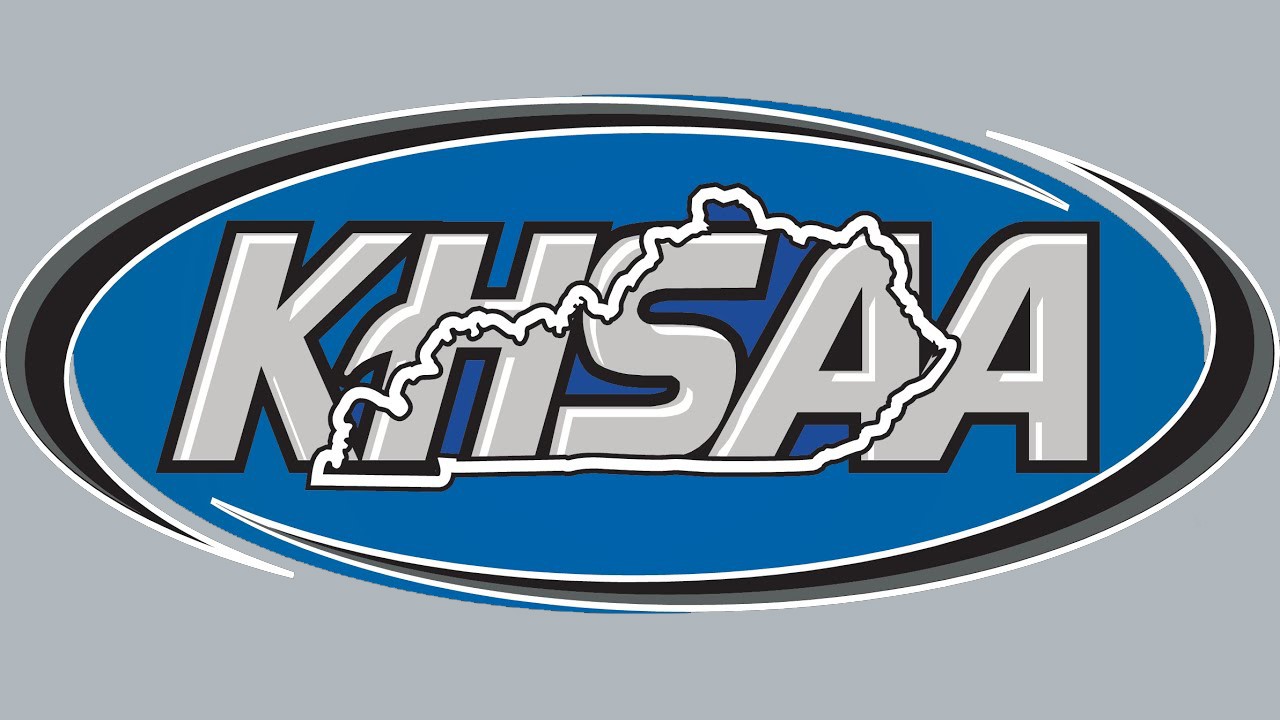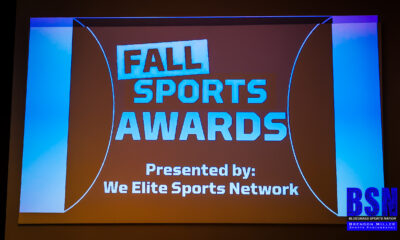
LEXINGTON – August 4, 2020 – KHSAA.ORG
As the start of the school year approaches, there has been a lot of focus on whether students should go back to school and if interscholastic athletics should return. Some think we should just stay inside our homes for months at a time. Others seemingly refuse to acknowledge that the virus exists.
These topics have been discussed repeatedly and one thing seems clear: There is no one-size-fits-all answer that will satisfy (in no particular order) school administrators, teachers, coaches, parents, and students.
As the state athletics and activities associations that oversee high school athletics in eight states, however, we know the importance of getting our student-athletes back on the courts and playing fields as soon as it is safe to do so. We must safely exhaust every effort and alternative possible to prevent a repeat of the sacrifices made by spring 2020 participants and those in some 2020 State Basketball events.
It has been well documented by the National Federation of State High School Associations that:
- Students who compete in extracurricular activities have better educational outcomes.
- These activities are a valuable part of the high school experience, enhancing students’ school engagement and sense of belonging.
- Extracurricular programs promote positive development and provide opportunities to learn life skills and values not typically taught in the classroom.
- Active students have much healthier behavior leading to better physical and mental health.
Put simply, our student-athletes need interscholastic athletics and all of its benefits, especially the valuable interaction with their school coaches and teammates, right now. That makes the work of state associations in collaboration with their state and local boards of education, vital to the development of the student.
However, the return to interscholastic athletic competition must be done safely. As the United States has battled the current global health pandemic this year, it has become evident that much remains unknown about COVID-19, including how the disease affects children and those around them. And we must realize that not every student and parent will want to take part and may choose to not take part this year.
“We continue to look for the best way to return to competition while doing so in a safe manner,” said Julian Tackett, Commissioner of the Kentucky High School Athletic Association. “Our membership is eager to return to competition and help our student-athletes establish some sense of normalcy in their lives. This is a critical time in the lives and development of our student-athletes, whether this is the last time they suit up for their team or if they are hoping to go on to play in college or beyond. From talking with my colleagues, we all understand the significance of providing structure in a time when so much is uncertain. It is also vital that we continue to play our role in the process of helping prepare students, not for the next level of sports, but the next level of life. With that said, we also cannot underestimate the seriousness of this pandemic.”
Standing to the side and watching is not what state associations want to do. Whether it is leading virtual workouts or chalk talks or having small group workouts that are socially distanced, all the way to the resumption of competition, our high school athletic programs are best positioned to help student-athletes regain and retain critical structure during this uncertain time.
We know that many club sports programs have resumed activity very early and that point has proven that in some circles, halting school sports certainly won’t halt sports. It is not known whether all of these clubs have consistently implemented best practices for dealing with COVID-19 restrictions. But we can say with certainty that the best practices and safety considerations will be implemented by our local schools through their interscholastic programs. We feel tremendously equipped to strike the balance between not playing at all and playing without wise regard for current events.
We have long known and stated that education-based athletics provides the most structured environment for our student-athletes. Our coaches, many of whom are teachers with years of professional training and experience and constant updates in their training, are the people who are best positioned to lead our student-athletes. We need to be creative and find ways for these coaches to work with their student-athletes as much as possible while remaining safe.
“This is the time to continue to think outside the box and figure out how we can provide the most opportunities for our student-athletes,” Tackett said. “I have said since the spring that while 2021 will hopefully look more like 2019, 2020 will not look like anything we have ever seen or hope to see again. We will continue to work with leaders of our public and nonpublic schools and districts, our Department of Education, the Governor’s office, public health leaders, and local health departments to chart a course of action and do whatever we can to get our coaches and student-athletes back on the playing fields and courts.”
“The positive relationships built between our student-athletes and their school coaches and school personnel, as well as the strong community values surrounding education-based athletics, are paramount to the high school experience,” added Tackett. “And we are much more confident in the abilities to manage the efforts of our students with athletics under the supervision of our trained coaches as opposed to those in other leagues and levels. Sports participation has a strong likelihood of positive outcomes when led by our school representatives.”
“It’s likely that the 2020-21 season will look different than any other, and we have to keep that in mind as we chart the best course for getting our student-athletes back to play. We will continue to push for the citizens of our state to come together and drive down our data points to where everyone is more comfortable going forward throughout the school year in partnership with our schools,” added Tackett. “It is very easy and shows visible support for interscholastic athletics by adhering to the three public health obligations – regular proper handwashing, always wearing a mask or face covering and social distancing as recommended. Hands, face and space, it really is that simple if we want middle and high school sports. Our schools are setting examples throughout the state with these important requirements as evidenced by their social media posts. It is critically important that our coaches and student-athletes be extremely visible leaders and model the conduct and actions that we need from everyone on these important public health obligations.”
Julian Tackett is the Commissioner of the KY High School Athletic Association. The KHSAA is part of the National Federation of State High School Associations’ Section II, which is comprised of DC, Delaware, Kentucky, Maryland, Ohio, Pennsylvania, Virginia, and West Virginia.








